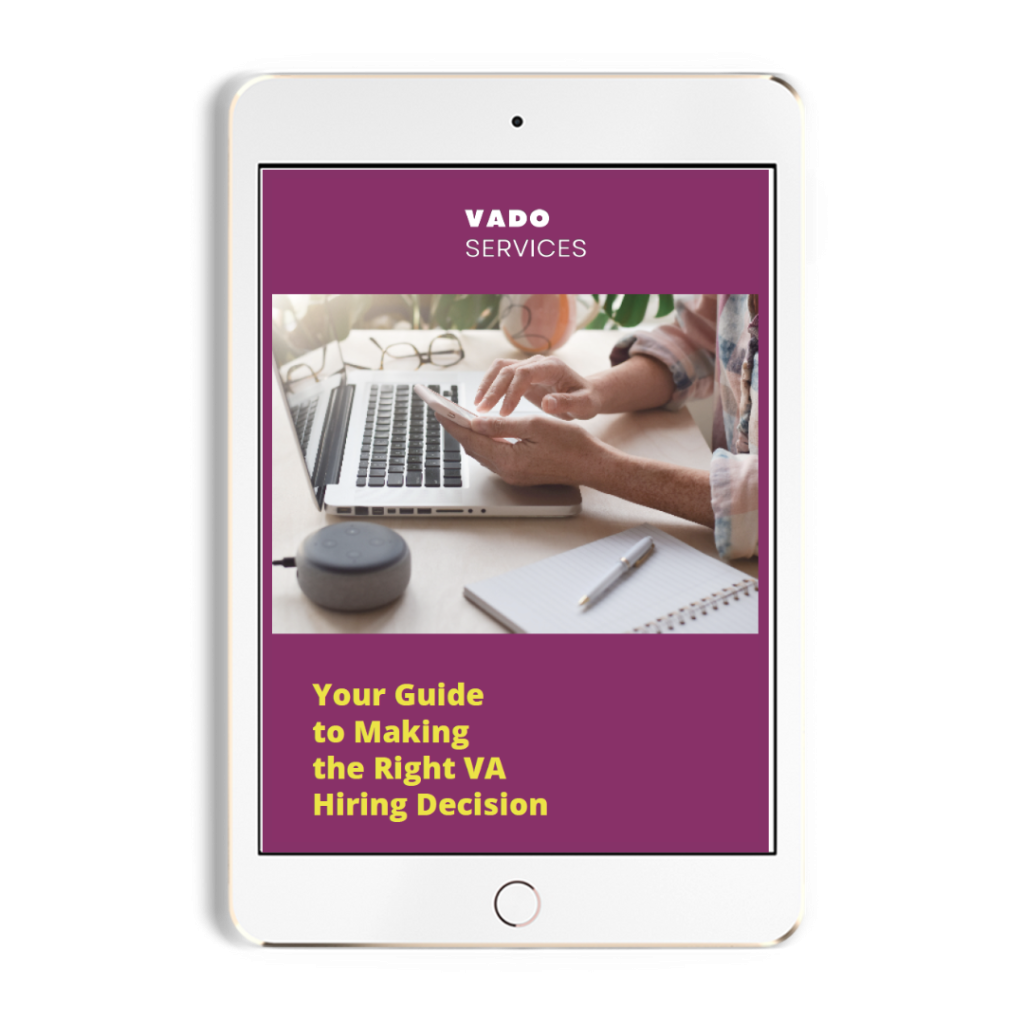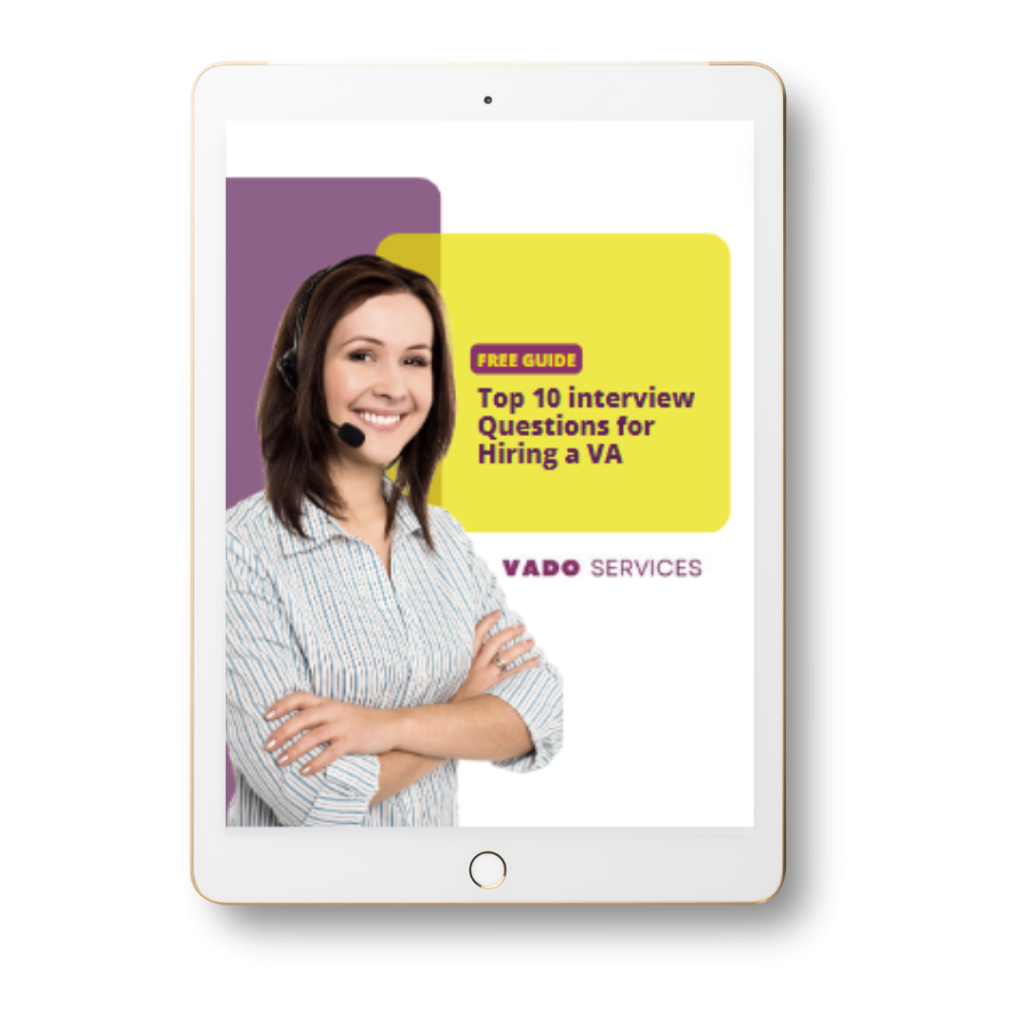Thinking about hiring a virtual assistant (VA) to boost your productivity and efficiency? It’s a great move! Delegating administrative tasks allows you to focus more on client relationships and growing your business.
Here’s a friendly guide on how to get ready for this process, inspired by ProcessDriven. With a little preparation, you can make this transition smooth and beneficial. Let’s dive in!
1. Understand Legalities and Regulations
Research Employment Laws: First things first, you need to know the legal ins and outs. Understand the difference between hiring an independent contractor and an employee, and make sure you’re following all the relevant laws and regulations. This will help you avoid any legal issues down the road. It might be worth consulting a legal expert to get everything straight. Staying updated with any changes in the law is also a good idea.
2. Define Your Processes
List Routine Tasks: Take some time to list out all the recurring tasks you do. Things like booking flights, managing itineraries, and handling client communications are perfect for a VA. By doing this, you’ll have a clear idea of what you need help with. It also highlights which tasks are eating up your time, allowing you to prioritize them. This can be a real game-changer for your productivity.
One-Time Projects: Don’t forget about special projects! These could be organizing a promotional event or setting up new software. Including these in your planning means you can fully utilize your VA’s skills. Special projects often require a unique set of skills and focused effort, which a VA can provide. Plus, these projects give your VA a chance to shine and show their versatility.
3. Create a Detailed Job Description
Responsibilities and Skills: Be clear about what you need. Outline the responsibilities and skills required for the VA role, like proficiency in specific software, strong communication skills, and experience in travel booking systems. This clarity helps attract the right candidates. Also, detailing the day-to-day tasks gives potential VAs a realistic view of the job. Including information about your company’s culture and values can attract candidates who are a good fit for your team.
Expectations: Set clear performance expectations and objectives. Let your VA know what success looks like in this role. This will ensure that you’re both on the same page from the start. Establishing measurable goals and regular review periods can help track progress and address issues promptly. Being transparent about your expectations builds trust and accountability.
4. Develop an Onboarding Plan
Onboarding Checklist: Make a checklist for onboarding. Include training sessions, introductions to essential tools, and the completion of necessary documents. This structured approach will help your VA integrate smoothly into your workflow. A thorough onboarding process can reduce the learning curve and boost your VA’s confidence. Providing a mentor or point of contact can also make the transition smoother.
Documentation: Give your VA access to guides and manuals relevant to their tasks. Having these resources at their fingertips will help them understand your processes quickly. Well-organized documentation can serve as a reference point for your VA, reducing the need for constant clarification. Regularly updating these materials ensures they remain relevant and useful.
5. Plan for Management and Communication
Regular Check-Ins: Schedule frequent meetings to discuss progress, provide feedback, and address any issues. Regular check-ins foster a strong working relationship and ensure continuous alignment on goals and tasks. These meetings can also serve as a platform for brainstorming and innovation. Keeping an open line of communication helps in promptly resolving any concerns and maintaining morale.
Communication Tools: Use platforms like Slack, Zoom, or Trello for efficient communication and task management. These tools make real-time communication easy and help keep track of tasks and projects. Choosing the right tools based on your specific needs can enhance collaboration and productivity. Training your VA on these tools ensures they are used effectively and to their full potential.
6. Prepare a Test Project
Evaluate Fit: Assign a small project to your potential VA to see how they perform. This practical assessment can provide valuable insights into their skills, reliability, and compatibility with your working style. It also allows the VA to get a feel for your work environment and expectations firsthand. Including a variety of tasks in the test project can showcase the VA’s adaptability and problem-solving abilities.
Feedback Loop: Provide constructive feedback based on the test project. This helps improve your VA’s performance and ensures they understand your expectations. Offering specific and actionable feedback can speed up the learning process. Encouraging the VA to ask questions and provide their own feedback can further enhance mutual understanding and improvement.
7. Define Contract Terms
Clear Contract: Draft a contract that outlines the work scope, payment terms, confidentiality agreements, and termination conditions. A clear contract protects both parties and sets clear boundaries for the working relationship. Including clauses for conflict resolution can help manage potential disputes amicably. Regularly reviewing and updating the contract as necessary ensures it remains fair and relevant.
Flexible Terms: Allow room for adjustments based on initial working experiences. Flexibility can help accommodate any changes or improvements needed as the working relationship evolves. This approach fosters a positive and adaptive work environment. Being open to feedback and making necessary adjustments can lead to a more effective and satisfying collaboration.
8. Plan for Effective Utilization of Freed Time
Strategic Planning: Use the time saved by delegating tasks to focus on high-value activities like client acquisition, business strategy, and networking. Effective use of this freed-up time can drive significant growth for your business. It also allows you to engage in professional development and stay updated with industry trends. Utilizing this time for creative thinking and innovation can provide a competitive edge in the market.
Hiring a VA is a smart move for travel agents looking to streamline operations and focus on core business activities. By following these steps, you can ensure a smooth and productive working relationship with your VA, ultimately enhancing your business’s efficiency and growth potential. This preparation sets the stage for long-term success and continuous improvement. Embracing the support of a VA can transform how you manage your business and achieve your goals.




